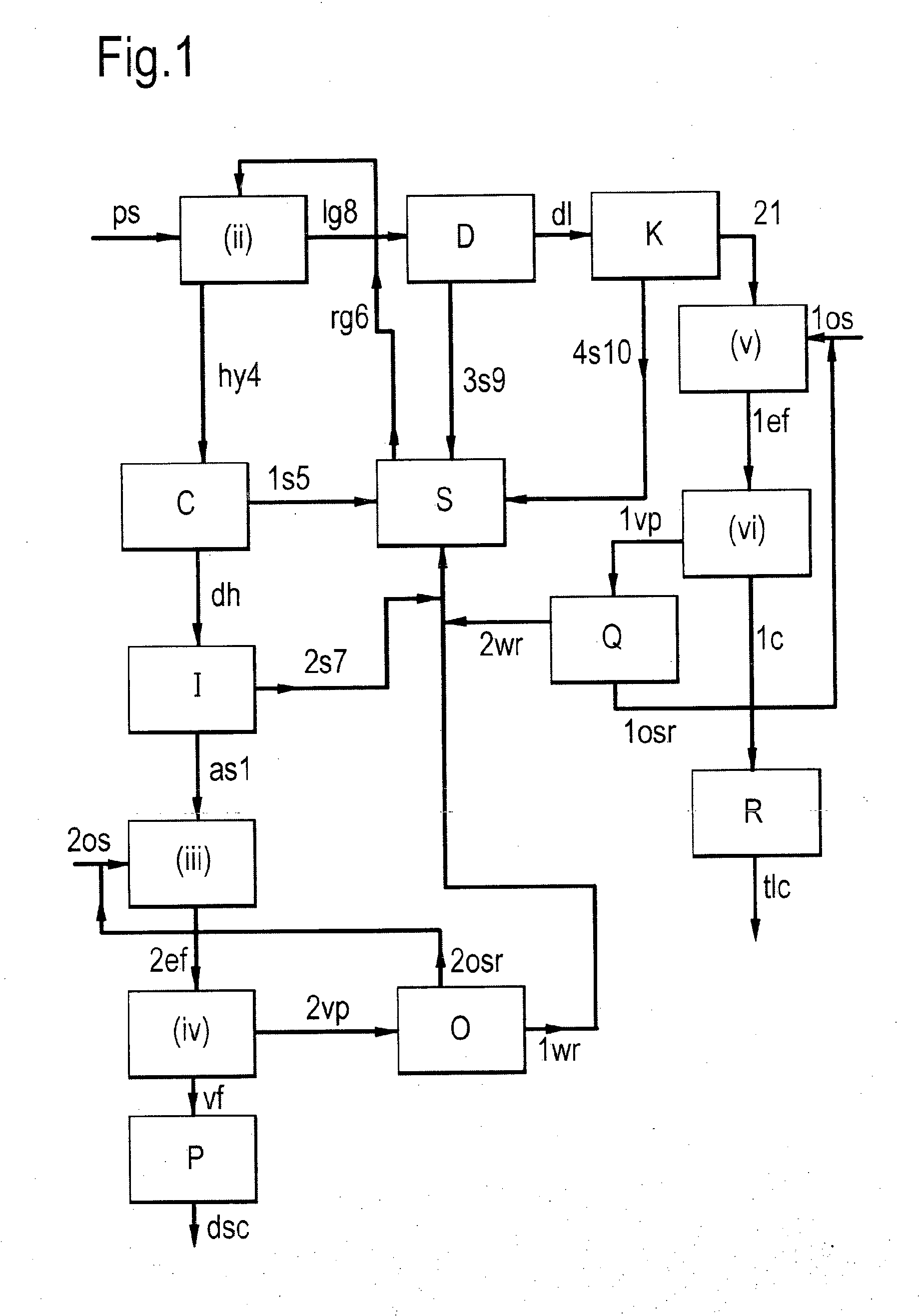Viscous carbohydrate compositions and methods for the production thereof
a carbohydrate composition and viscous technology, applied in the direction of xylose production, glucose production, saccharides production, etc., can solve the problems of increasing food costs, limited resources in volume, and increasing consumption
- Summary
- Abstract
- Description
- Claims
- Application Information
AI Technical Summary
Benefits of technology
Problems solved by technology
Method used
Image
Examples
example 1
[0237]Preparation of the first aqueous solution glucose: HCl, water and glucose (CH) were mixed to form HCl / (HCl+water)=0.248 and CH / (CH+water)=0.64. The mixture was kept at 40° C. for 3 hours, in which time oligomers were formed.
[0238]33.6 gr of the first aqueous solution were combined in a flask with 8.2 gr hexanol to form an evaporation feed. Evaporation was applied at 100-150 mbar for about 0.5 hr at a temperature that increased from 62° C. at the beginning of the distillation to 76° C. at its end. The distillate was cooled and collected to form an organic solvent-rich light phase (light) and an aqueous phase (heavy). At the end of the distillation, two phases were observed in the flask—a small amount of a light one and a heavy viscous fluid. The four phases were weighed and analyzed. The viscous fluid was centrifuged for separation of the solvent prior to analysis. The solvent content there was less than 10% wt. The analysis of the viscous fluid on a solvent-free basis is prese...
example 2
[0240]Preparation of the first aqueous solution: HCl, water, xylose and glucose (referred to together as carbohydrates, CH) were mixed to form HCl / (HCl+water)=0.22 and CH / (CH+water)=0.65. The mixture was kept overnight at 34° C.
[0241]33.4 gr of that first aqueous solution were combined in a flask with 8.0 gr hexanol to form an evaporation feed. Evaporation was applied at 100-150 mbar for about 1.5 hr at a temperature that increased from 62° C. at the beginning of the distillation to 75° C. at its end. The distillate was cooled and collected to form an organic solvent-rich light phase (light) and an aqueous phase (heavy). At the end of the distillation, two phases were observed in the flask—a small amount of a light one and a heavy viscous fluid. The four phases were weighed and analyzed. The viscous fluid was centrifuged for separation of the solvent prior to analysis. The solvent content was less than 10% wt. The analysis of the viscous fluid on a solvent-free basis is presented in...
example 3
[0243]32.7 gr of the first aqueous solution formed in Example 1 were combined in a flask with 5.9 gr hexanol to form an evaporation feed. Evaporation was applied at 100-150 mbar for about 45 min at a temperature that increased from 62° C. at the beginning of the distillation to 72° C. at its end. The distillate was cooled and collected to form an organic solvent-rich light phase (light) and an aqueous phase (heavy). At the end of the distillation, two phases were observed in the flask—a small amount of a light one and a heavy viscous fluid. The four phases were weighed and analyzed. The viscous fluid was centrifuged for separation of the solvent prior to analysis. The solvent content was less than 10% wt. The analysis of the viscous fluid on a solvent-free basis is presented in Table 3 as % wt. In addition, CH / (CH+water) and HCl / (HCl+water) therein are also presented:
TABLE 3Viscous fluid analysisHClH2OCHCH / HCl / GrWt %Wt %Wt %(CH + W)(HCl + W)25.47.7414.477.60.840.36
PUM
| Property | Measurement | Unit |
|---|---|---|
| Temperature | aaaaa | aaaaa |
| Temperature | aaaaa | aaaaa |
| Fraction | aaaaa | aaaaa |
Abstract
Description
Claims
Application Information
 Login to View More
Login to View More - R&D
- Intellectual Property
- Life Sciences
- Materials
- Tech Scout
- Unparalleled Data Quality
- Higher Quality Content
- 60% Fewer Hallucinations
Browse by: Latest US Patents, China's latest patents, Technical Efficacy Thesaurus, Application Domain, Technology Topic, Popular Technical Reports.
© 2025 PatSnap. All rights reserved.Legal|Privacy policy|Modern Slavery Act Transparency Statement|Sitemap|About US| Contact US: help@patsnap.com


